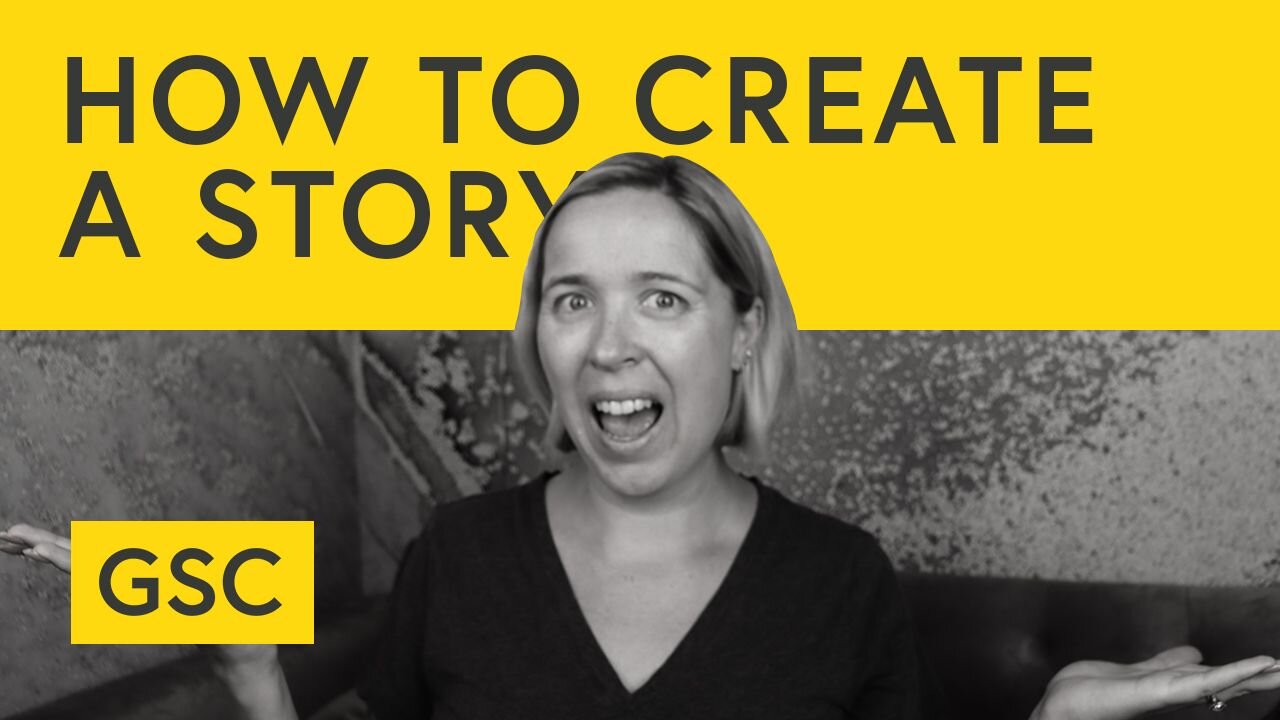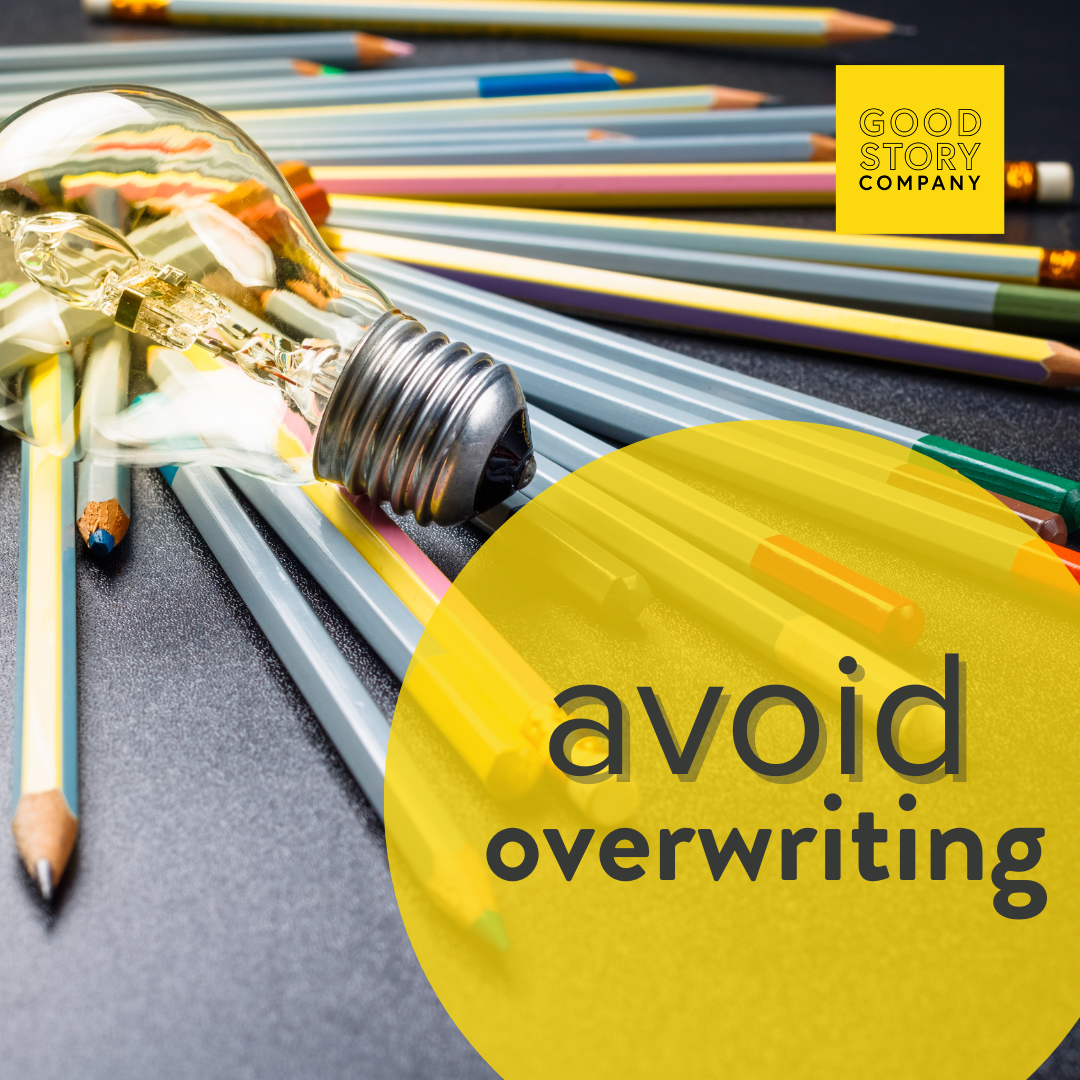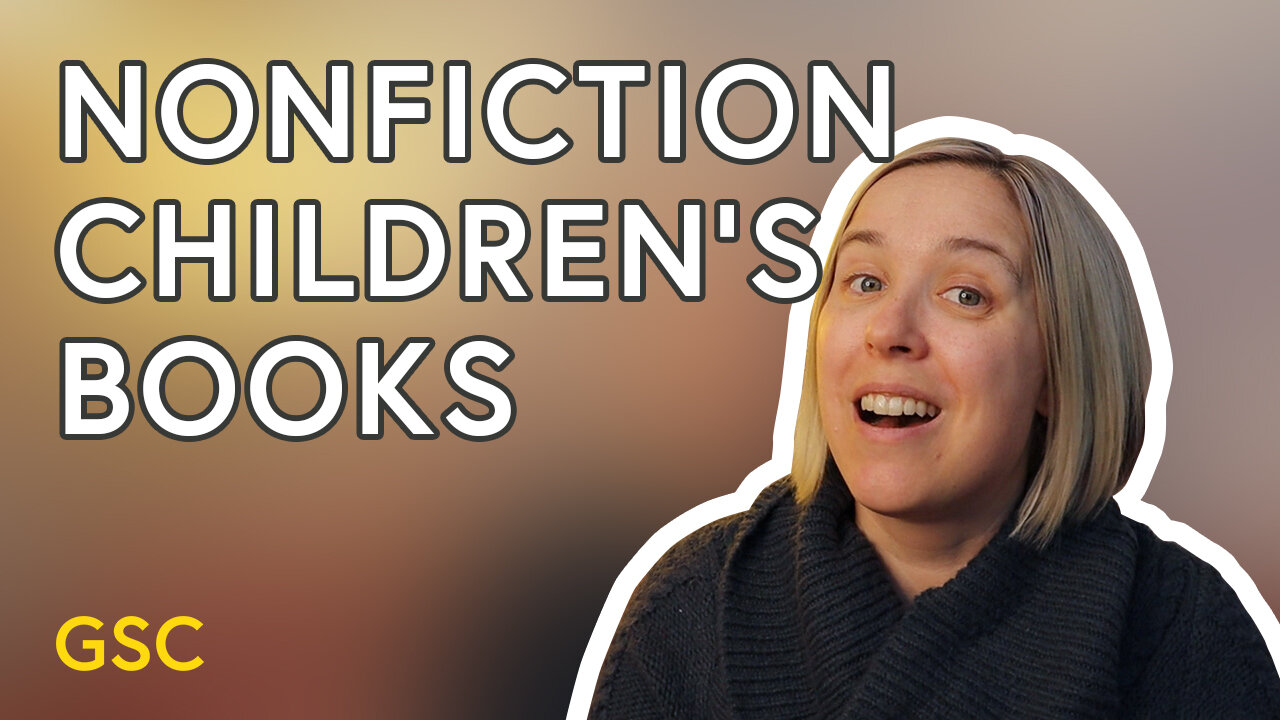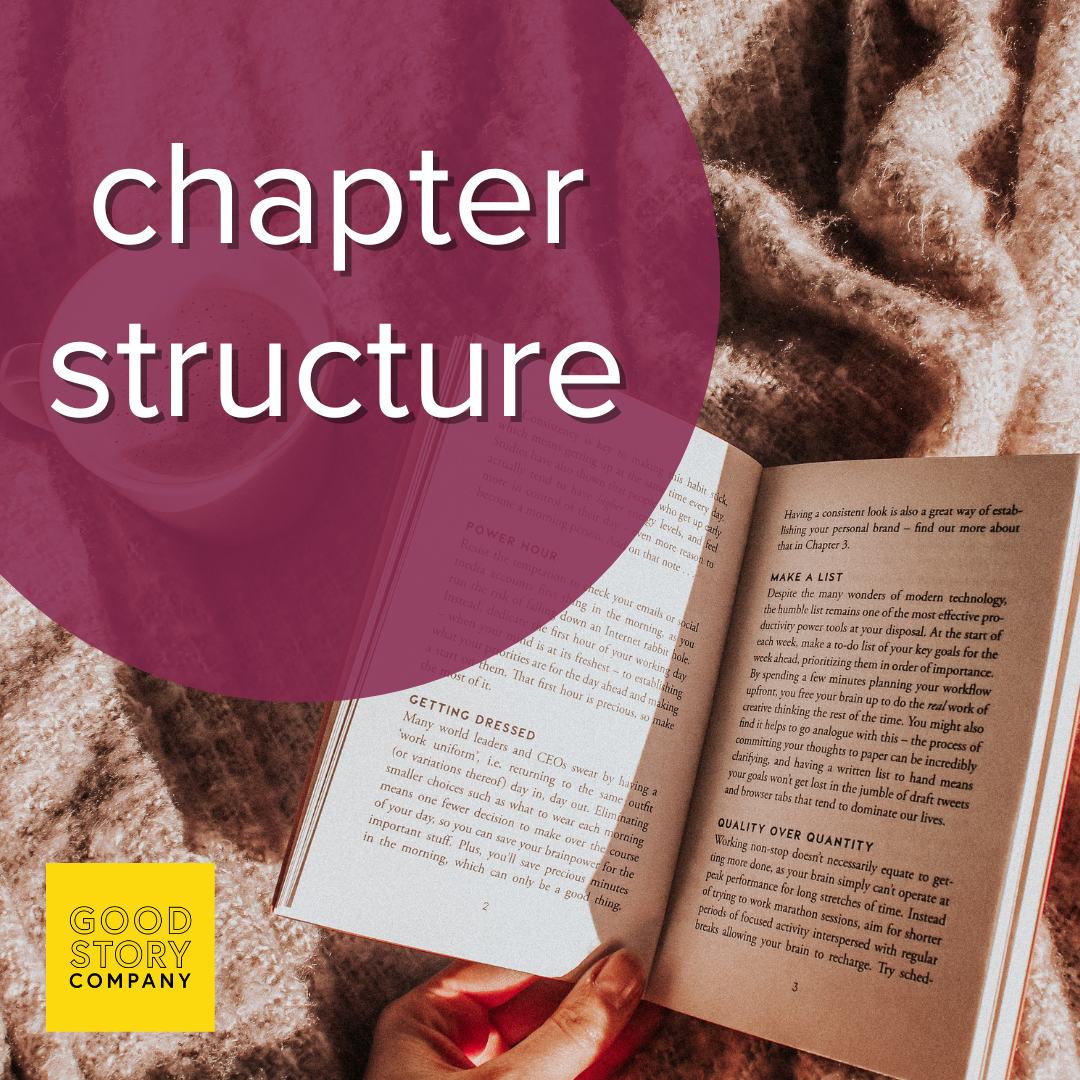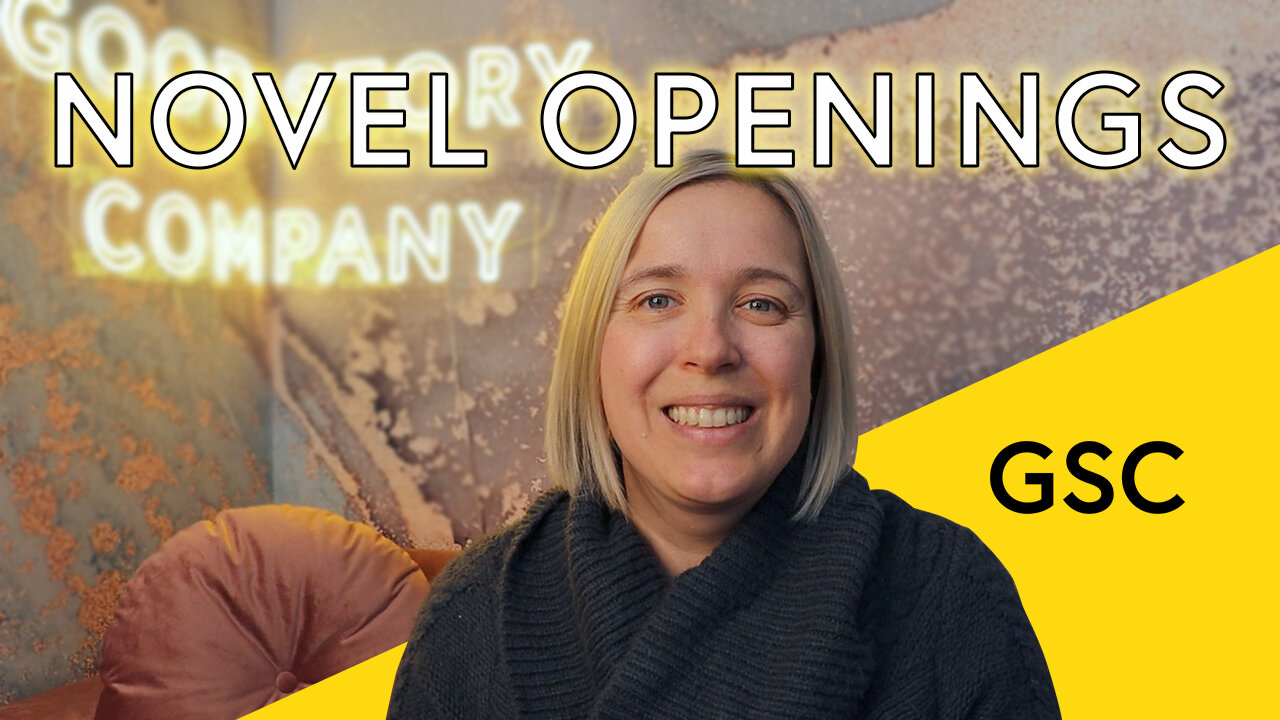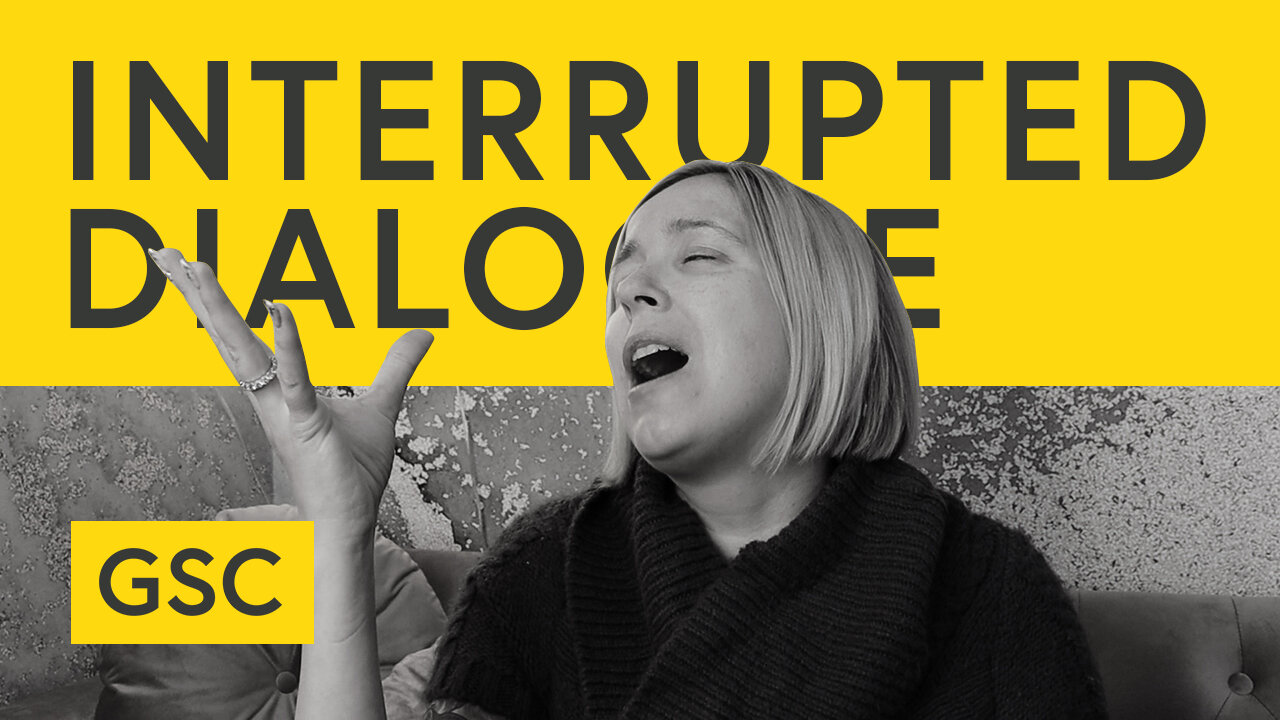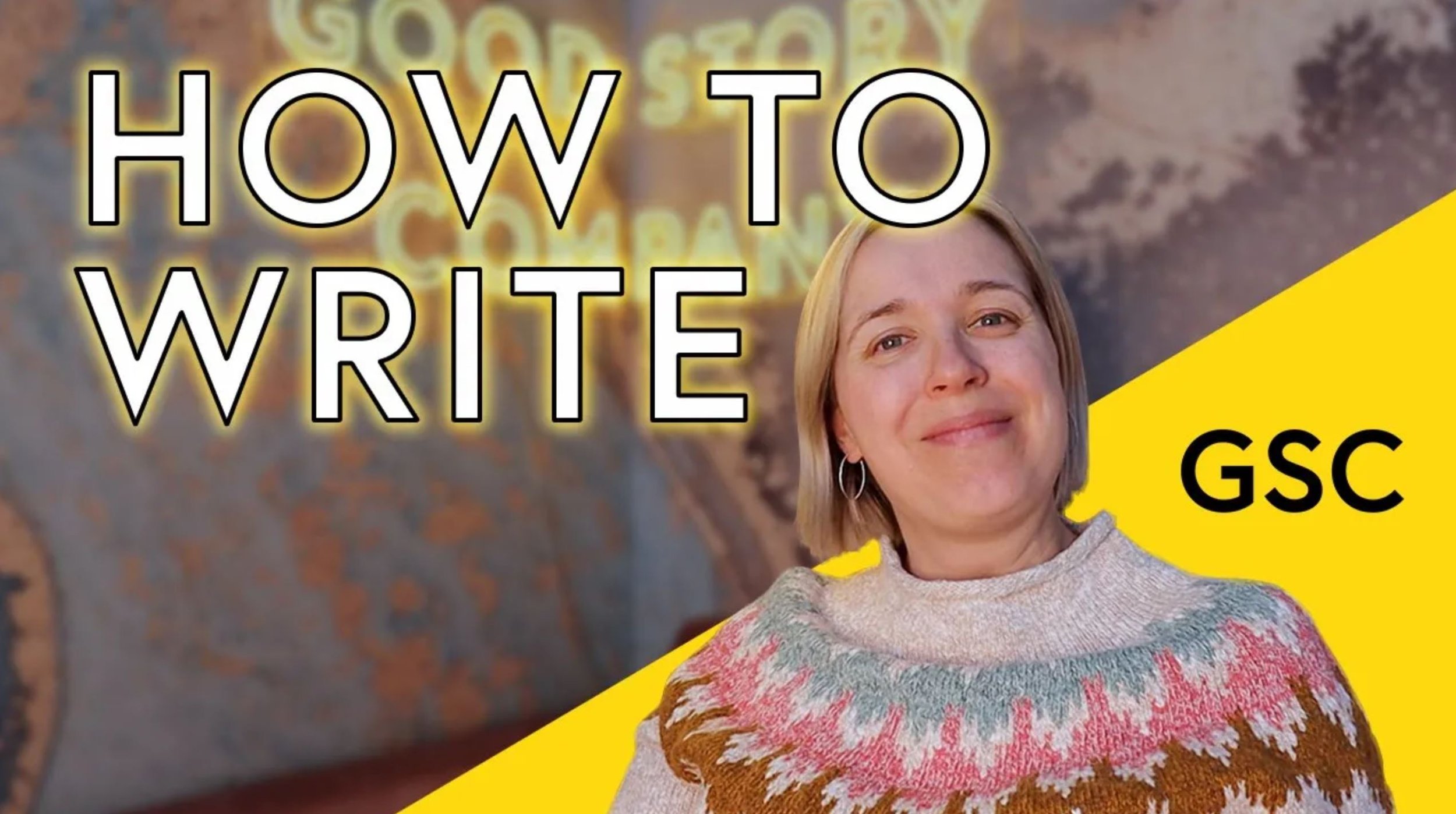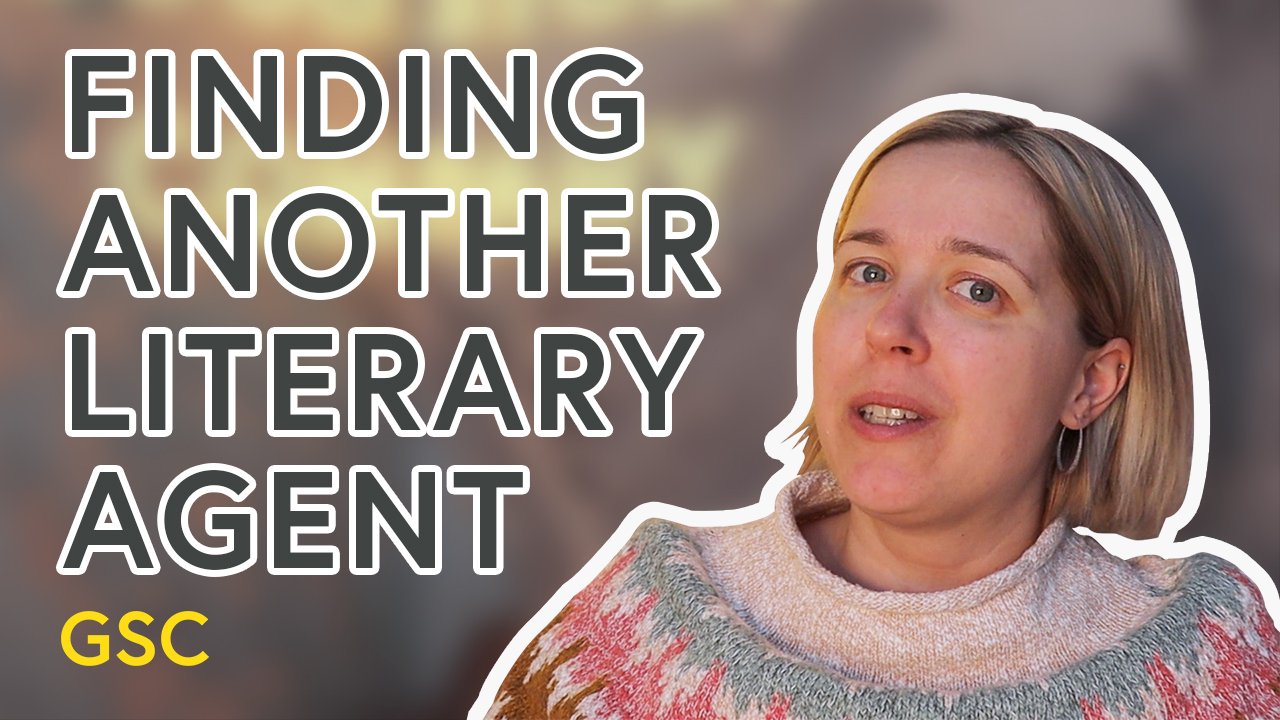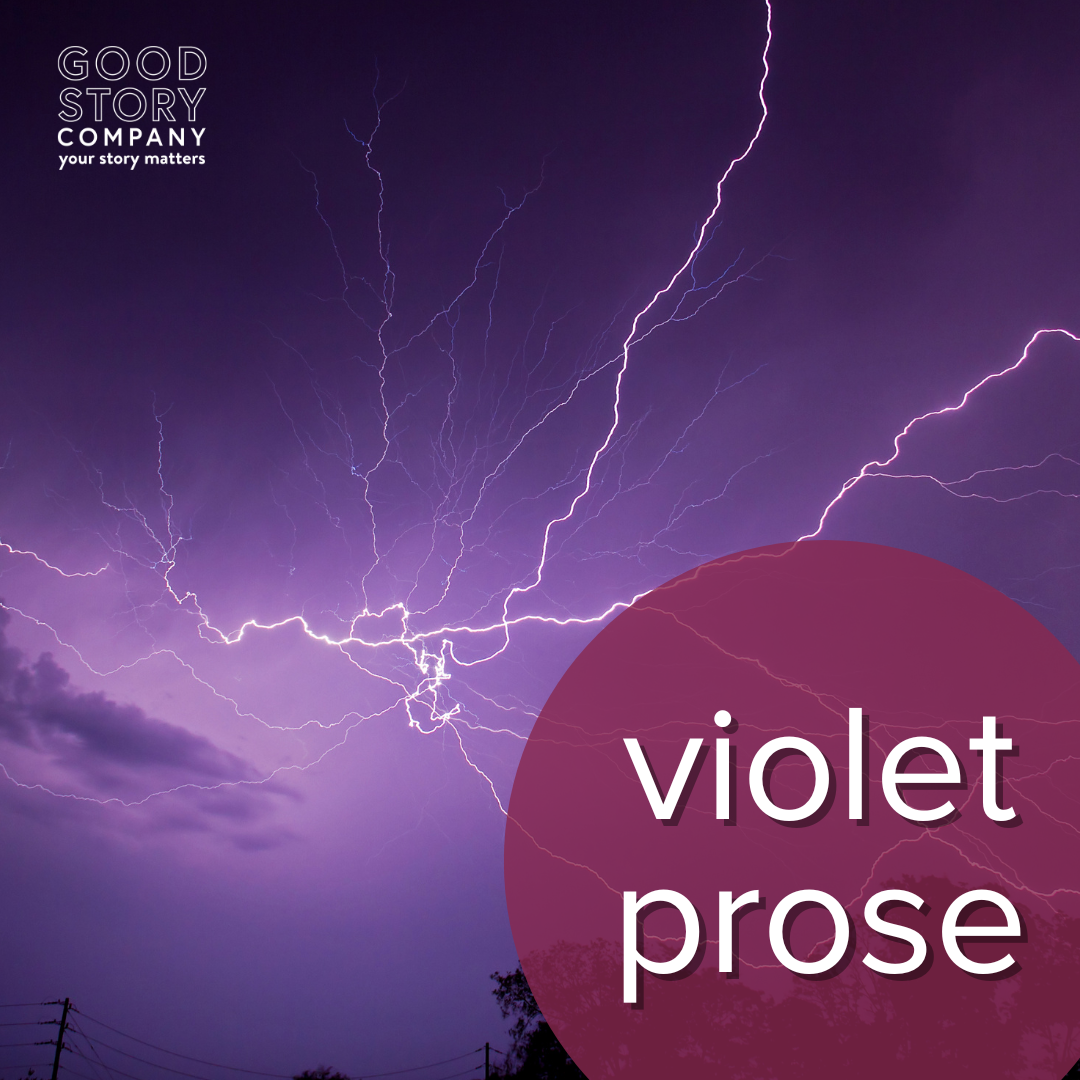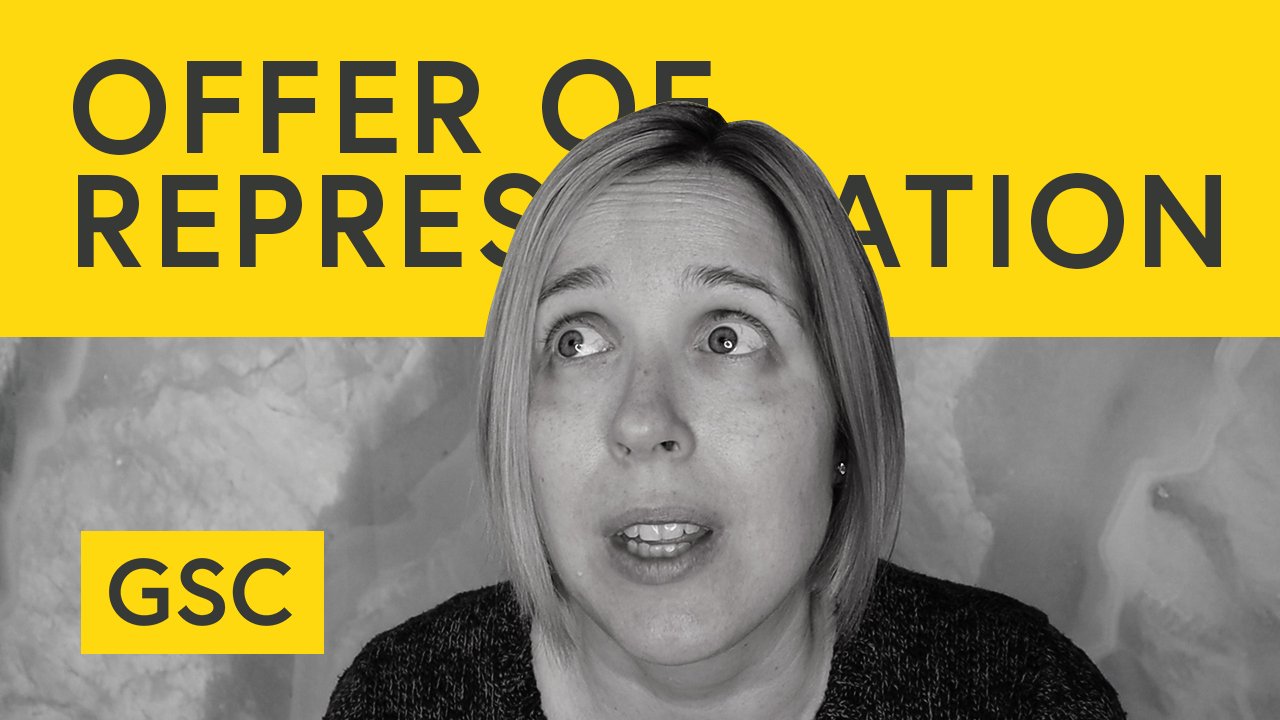
Creative Nonfiction
Nonfiction gets a bad rap for being dry and dull, but it doesn’t have to be. Many of the same liberties can be taken in creative nonfiction as in fiction. If you have something important to share with the world from your own life, this may be your category. Some literary flair can amp up your story and make it more approachable to your readers.
How to Create A Story
This one's for all the people who are still casting around for an idea. How do you create a story? What matters to you, and what matters to readers?
The Case for Re-Reading
“To me, re-reading my favorite books is like spending time with my best friends. I’d never be satisfied to limit myself to just one experience each with my favorite people.”
― C S Lewis
Avoid Overwriting
Overwriting happens often in early drafts, as writers try to get the story down and figure they’ll fix things later. Sometimes details draw us in, but often they can distract readers, pushing them to think about unrelated things ... and then to stop reading.
Nonfiction Children’s Books
Find your niche in the nonfiction children’s book market using these timely takeaways.
How To Be More Intentional With Chapter Structure
Chapter structure, like plot structure, is key to achieving a believable and engaging narrative. Here’s how to make sure your chapters are complete and doing as much work for you and your story as possible.
Novel Openings
Go beyond the landscape when setting the scene with these three essential considerations for starting your novel.
Interrupted Dialogue
If you've been wondering how to format interrupted dialogue in your manuscript, here's a quick answer.
The Body and Soul of Story
Stories are like people. They have a body, and a soul. The body is the plot, the actions that happen. And the soul is the character, the protagonist, the key person (or persons) bound by the circumstances of the plot and forced into decisions.
How to Write
Here's an energizing pep talk on how to write, including the ingredients you need to get started and keep going.
Help! I’m Distracted from Writing.
Getting distracted from writing has always been a challenge for writers. But it’s more acute these days, as lockdowns and quarantines interfere with the habits we once built. Here are the top four ways we tend to get distracted from writing, with troubleshooting solutions for each.
Finding Another Literary Agent
Thinking about finding another literary agent? Here are some tips to help smooth the transition.
Write What You Know
Here's a video follow-up to our blog post on the old writing adage "write what you know." A closer look at what this expression really means and how you can make it work in your writing.
Writing Secondary Characters
Even though narratives tend to focus on the life of one character – sometimes a few in multiple POV – the people in that character’s life are equally important. Giving them personalities, sometimes backstories and arcs of their own, are what make the narrative as a whole more realistic.
Descriptive Writing Tips
These descriptive writing tips will help you create impactful imagery that supports your story.
ANNOUNCING THE GOOD STORY GRANT WINNERS for 2021
The Good Story Grant aims to help two writers reach the next step in their creative journeys. This grant is open to writers of all skill levels, and working in all genres and categories. The award is $1,500 US, used however you’d like … as long as it has to do with writing and helps you tell your story.
Children's Book Illustrator Portfolio
Essential advice for illustrators on building an online home for your art to prepare for querying art reps or literary agents.
Violet Prose in Writing
Violet prose—an ominous and sometimes confusing term. What is it, and how do we avoid it in our writing? Or … is it really that bad?
Offer of Representation
You have an offer of representation from a literary agent--now what? Here are some crucial questions to ask before you sign on the dotted line.
Trust Your Reader
Among popular bits of advice—create empathetic characters, avoid rhetorical questions, try starting with an outline—“trust your reader” is often overlooked. Here’s how to trust your reader to understand what you’re trying to show.


